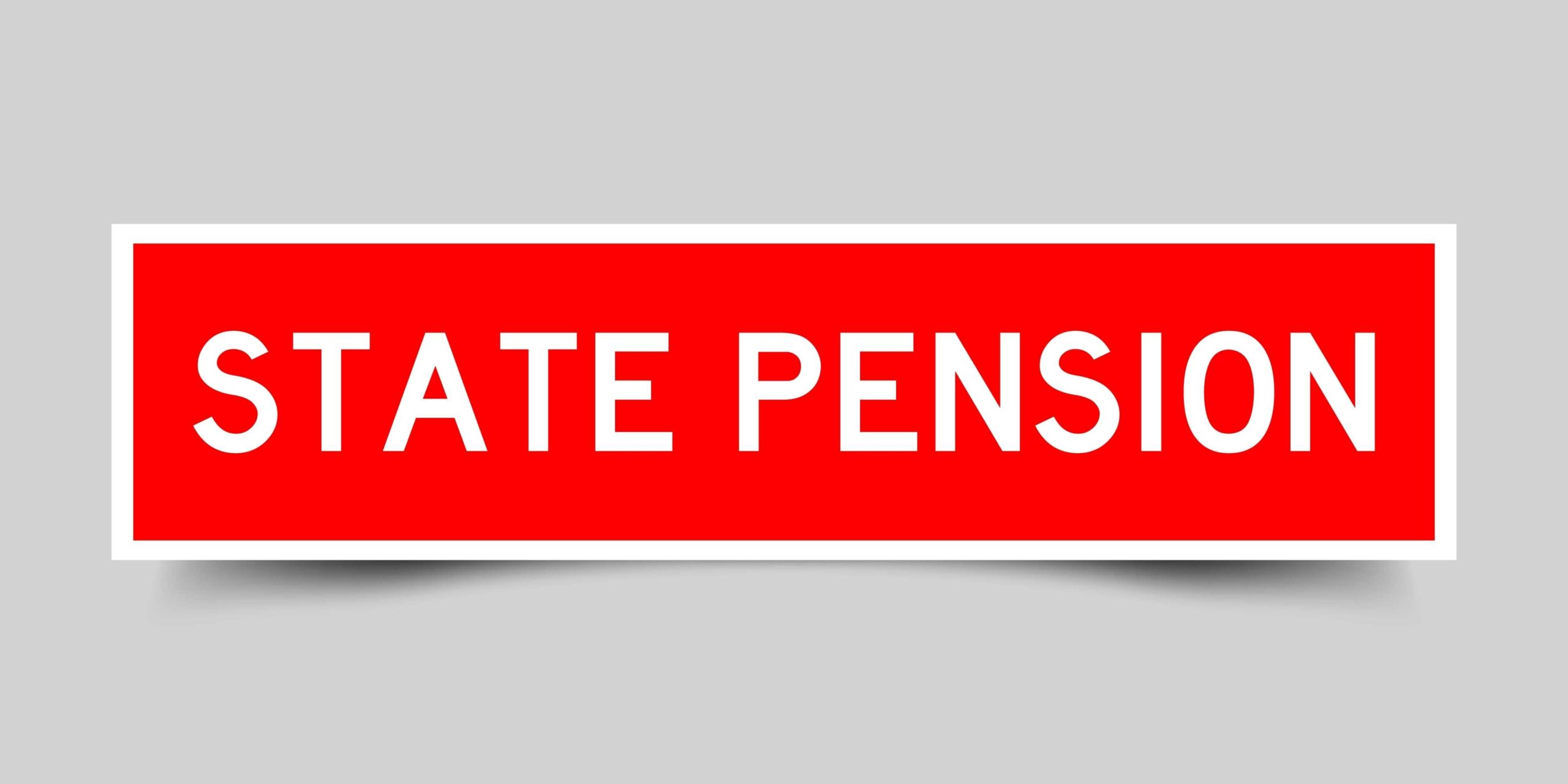
Retirement planning has once again taken centre stage following the Government’s surprise announcement of a fresh review into the State Pension age. This marks the third review of its kind, and while the Pensions Act 2014 stipulates that the State Pension age should be reviewed at least every six years, the timing of the announcement, just two years after the last review concluded, has taken many by surprise.
State Pension Age review
Currently, the State Pension age is 66, but it is set to rise gradually over coming years. For individuals born after April 1960, State Pension will not be payable until they reach 67, with a further jump to 68 for those born after 6th April 1978. However, this latest review could recommend an even later pension age, driven by ongoing concerns about public sector debt and the affordability of supporting an aging population.
In addition to the review of pension age, the Government has also reconvened a Pension Commission, who will be tasked with conducting a comprehensive review of the UK’s pension savings market. The commission’s findings will not be published until 2027; however initial analysis paints a concerning picture, where 45% of working-age adults are not saving into a pension at all, and those aiming to retire in 2050 may receive 8% less income from private pensions compared to those retiring today.
These developments serve as a stark reminder of the need to take retirement planning seriously and start considering your retirement plans at a much earlier stage than you may think.
The most critical takeaway from these announcements is that relying solely on the State Pension in later life is unlikely to provide any more than a very modest standard of living, and those retiring in the future may be waiting longer before they start to receive a State Pension. Given this uncertainty, making personal pension provision, whether through a workplace scheme, a personal pension or other long-term savings, is more vital than ever.
Auto-Enrolment: A Starting Point, Not the Finish Line
Under current legislation, qualifying employees are automatically enrolled into a workplace pension. Contributions total a minimum of 8% of “band” earnings, with 3% from the employer, 4% from the employee (net of tax), and 1% from government tax relief.
While this framework helps build a pension pot, it is widely acknowledged that auto-enrolment minimums alone are unlikely to generate a sufficient retirement income. Proactive savers should consider increasing their monthly contributions to build a more substantial pot over time. Making additional contributions can have a profound impact on retirement income, as demonstrated by the following examples.
Example 1
Steve is a 21-year-old University leaver who earns £30,000 per year and makes contributions based on the auto-enrolment minimum contribution levels. Assuming a 2.5% annual salary increase, a 4.25% net investment return, and 2.5% inflation, Steve’s pension pot at age 67 would be approximately £129,500, producing a retirement income of around £6,200 annually in today’s money.
If Steve increased his gross annual contribution to 8% of his salary, which would cost him an extra £60 per month, the difference is dramatic. His pot value would increase by over £96,000 at age 67, providing a significantly larger annual income in retirement.
Example 2
Sally is also 21 and has just started a job earning £50,000 per annum. Again, using the same assumptions as in Steve’s example, Sally’s pension pot at age 67 would be approximately £273,000, which could produce a retirement income of around £10,280 per annum in today’s money.
Sally can afford a higher level of contribution than the minimum contribution levels under auto-enrolment and can increase her gross annual contribution to 10% of salary. This would boost her retirement pot by over £170,000 at age 67, which could provide an additional £6,300 of retirement income each year.
Source: Moneyhelper.org.uk
The worked examples show a net investment rate of return of 4.25% per annum; however, actual investment returns achieve depend on the performance of the pension investments selected and the chosen investment strategy. It is, therefore, important to review the performance of pension investments regularly, and make changes if returns lag expectations. The cost of not doing so can be significant, and using the power of compound interest, incremental performance gains can have a sizeable impact on the value of a pension pot at retirement, and the level of retirement income that the pot can support.
Looking Beyond Pensions
Whilst pensions form the bedrock of most retirement plans, they are not the only source of retirement income. Many people supplement their pensions with income from buy-to-let properties, particularly where outstanding mortgage debt has been repaid. Stocks and shares Individual Savings Accounts (ISAs) can provide a tax-free income stream from bond income and dividends, and withdrawals from investment bonds or unit trusts can provide regular payments in retirement.
By building multiple streams of retirement income, you can reduce your reliance on any one source. This can help manage risk more effectively and potentially increase the overall financial flexibility of a retirement plan.
A call to action
The Government’s review of State Pension age, and investigation into the long-term savings market, are further indicators that generations to come face a less comfortable retirement. It is, therefore, essential to take control of your retirement savings provision and begin planning at an early stage. As you start to consider your retirement plans, engaging with an independent financial planner can help lay the foundations for a comfortable retirement.
Our experienced advisers can review your existing pensions and recommend actions to ensure that your pension investments are appropriate for your objectives. We can also provide advice on the level of pension savings required to achieve your goals. Speak to one of our team for independent and impartial advice.





